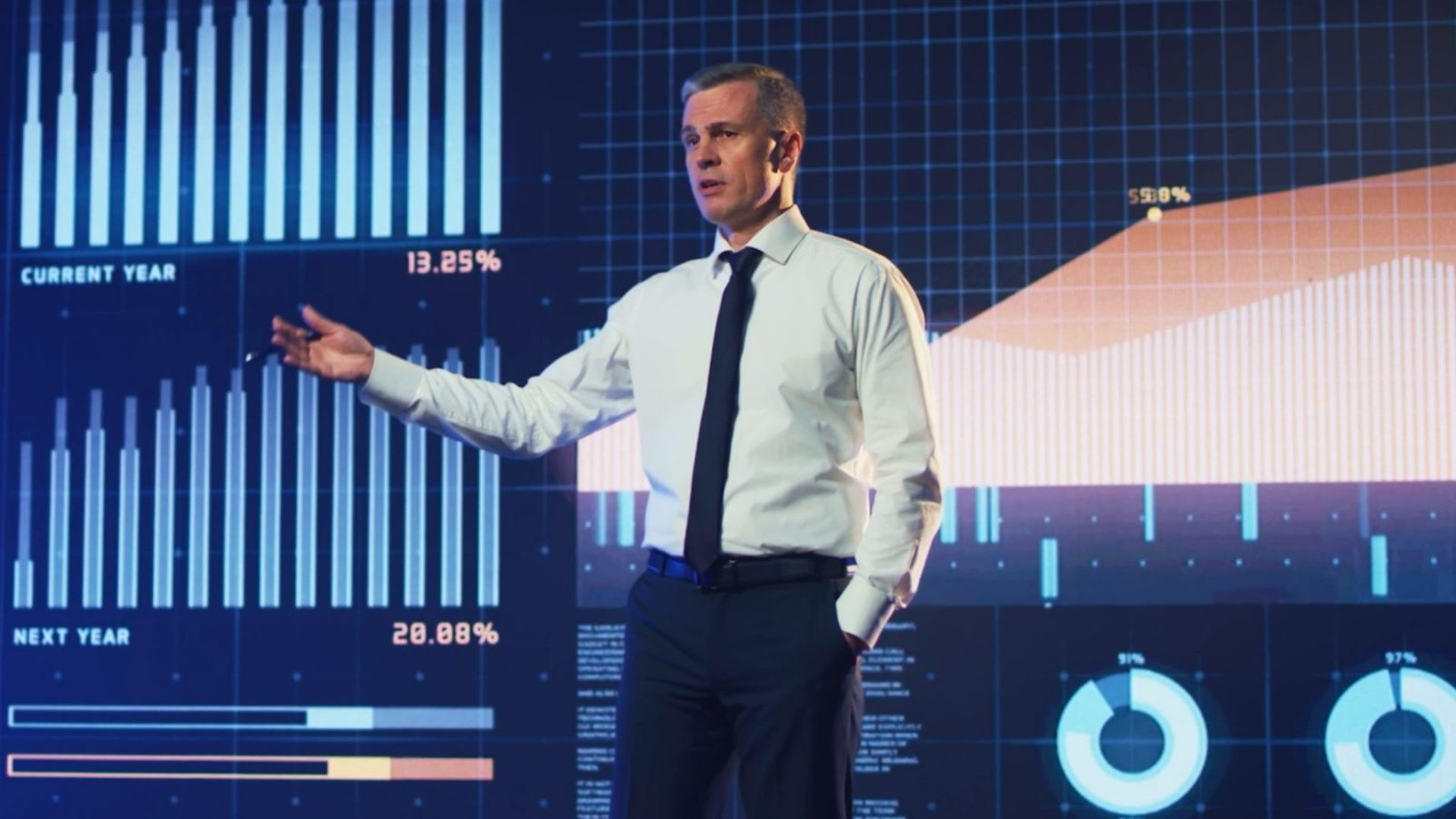In the relentless pursuit of success, leaders often find themselves on a precarious tightrope, balancing the demands of their roles with the need for personal well-being. Burnout, a pervasive issue among leaders and professionals, poses a serious threat to both individuals and organizations. This blog delves into the causes, signs, and consequences of burnout, offering practical strategies for leaders to break free from the cycle and achieve sustainable success.
Understanding Burnout
Burnout is not just a buzzword; it’s a silent epidemic affecting leaders across industries. The constant pressure to perform, meet deadlines, and navigate challenging situations can lead to exhaustion and burnout. Common causes include excessive workload, lack of control, insufficient support, and a mismatch between personal values and organizational culture. Recognizing burnout is crucial; signs may include chronic fatigue, decreased productivity, increased cynicism, and a sense of detachment.
The Impact of Burnout at Individual and Organizational Level
The impact of burnout extends beyond the individual, seeping into the very fabric of organizations. Burnout erodes motivation, creativity, and resilience, leading to decreased productivity and increased absenteeism. The toll on individuals is profound, affecting mental and physical health, relationships, and overall life satisfaction. The cost of burnout is not merely personal; it is organizational, manifesting in high turnover rates, diminished team morale, and compromised business outcomes.
Prioritizing Well-being: Strategies for Leaders
Breaking the burnout cycle requires a proactive commitment to well-being. Leaders must prioritize self-care, set realistic expectations, and establish clear boundaries between work and personal life. Regular breaks, adequate sleep can serve as powerful antidotes to burnout. Delegating tasks, seeking support, and fostering open communication also contribute to a healthier work environment.
Creating a Healthy Work Culture
Leadership plays a pivotal role in shaping the culture of an organization. An effective leader not only understands the signs of burnout but actively works to prevent it. Cultivating a culture of trust, appreciation, and work-life balance is essential.
In the race for success, leaders must recognize that sustainable success goes hand in hand with well-being. Breaking the burnout cycle requires a shift in mindset, where success is not measured solely by achievements but also by the well-being of individuals and the health of the organization. As leaders embrace a holistic approach to success—one that prioritizes mental, emotional, and physical well-being—they pave the way for a culture where sustainable success becomes not only attainable but the new standard of leadership excellence.




